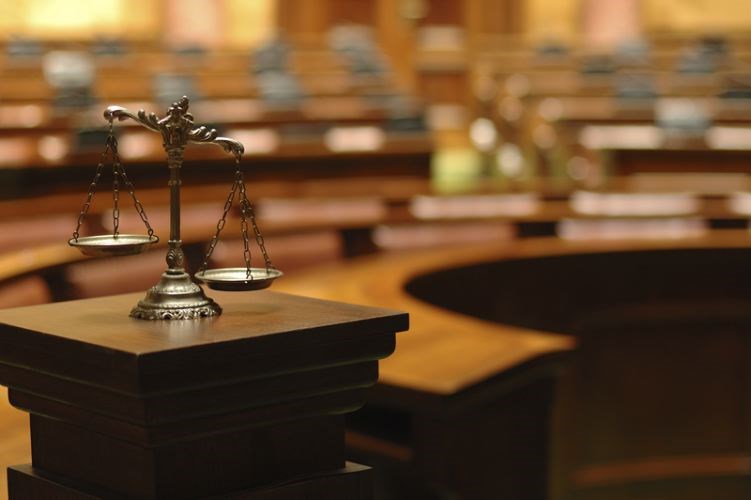The jurors in the Cody Legebokoff trial sat through three months of painful and horrifying testimony during the summer of 2014. They had to look at pictures of bloody crime scenes and listen to the dry, scientific testimony of forensic experts and then the ridiculous testimony of the serial killer himself.
One of The Citizen's sports reporters at the time (she has since left The Citizen) sat in on one day of the trial. She came back deeply shaken by what she had seen and heard, praised longtime Citizen court reporter Mark Nielsen for being able to sit through it all and report it each day and then wondered if the jurors would receive counselling when it was all over.
Before last week, that counselling was one group debriefing session at the end of a trial and it was only offered if six or more jurors requested it.
Now the B.C. government will offer up to four one-on-one counselling sessions for up to six months after a trial has ended. The cases for those who require additional support will be considered on a case-by-case basis.
The witnesses of traumatic events are often fine in the short-term but weeks or months later find themselves unable to sleep, losing weight because of a lack of appetite, prone to irritability and other common symptoms. Leaving the door open for six months and for more than one session allows meaningful, personalized care.
Nielsen's responsibilities as a court reporter are challenging, but nowhere near the expectations placed on a juror. His role as a journalist is as a conduit, relaying the information presented in court to readers. Jurors, on the other hand, are expected to fully absorb everything they see and hear before deciding on the fate of one of their fellow citizens.
Furthermore, Nielsen has the freedom to step out of the courtroom at his discretion.
During last year's first-degree murder trial of James David Junior Charlie for the January 2012 murder of Fribjon Bjornson, jurors were shown pictures of Bjornson's severed head while a pathologist explained what he was able to deduce from examining the head (and what he wasn't, including the precise cause of death, including whether Bjornson was already dead before he was decapitated).
Nielsen only reported on the pathologist's findings when it was mentioned in closing statements at the end of the trial. He intentionally didn't sit through the pathologist's testimony, both for his own sake but also because a graphic written description of the photographs simply doesn't meet a journalistic test of what's in the public interest, which has far more to do with whether the law is being followed and justice is being served, than with the gruesome details.
Some of those details still matter because reporting them explains the legal case being presented for a conviction of the accused or in their defence. Charlie pleaded guilty beforehand to committing an indignity to a human body but his not guilty plea on the first-degree murder charge was based upon the argument that the beheading happened after Bjornson was already dead.
Many readers don't like to see this kind of content in their newspaper or online and complain that The Citizen only reports on it to "sell newspapers" or as online clickbait.
The reality is we don't like to report these cases but we can't shirk our responsibility to show the legal system, a cornerstone of our democracy, in action and to show how accused individuals are either being held accountable for their crimes or being set free because an inadequate level of evidence was presented.
Jury trials are particularly important to report to the community because those 12 randomly selected individuals are sitting there on behalf of all of us and they do not have the option of looking away, plugging their ears or turning the page in search of the crosswords or the comics.
Jurors don't receive nearly the thanks they deserve from the community for their noble service and, up until last week, didn't get the support they may require after fulfilling their democratic duty during a difficult trial. The appreciation still won't be there but at least now jurors will get the help they need when they can't unsee or unhear what they're forced to examine inside the courtroom.
-- Editor-in-chief Neil Godbout



